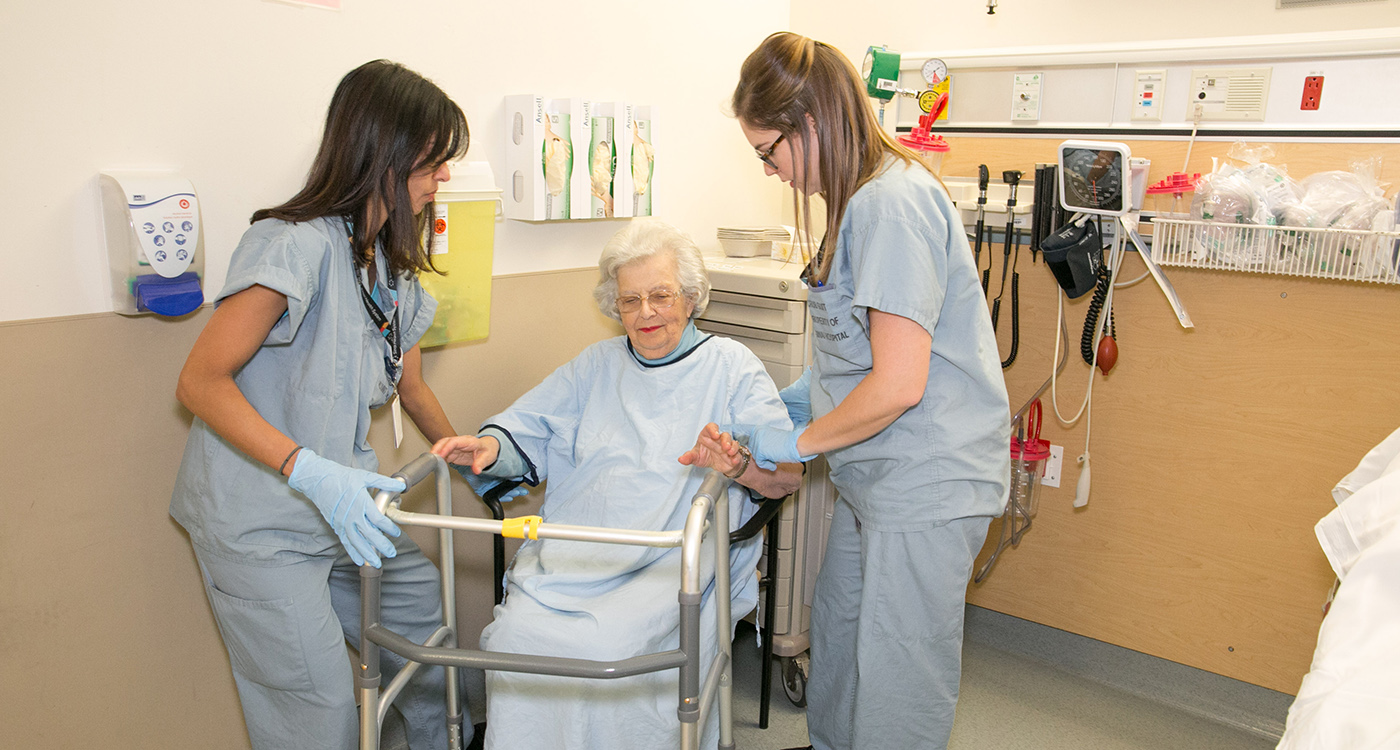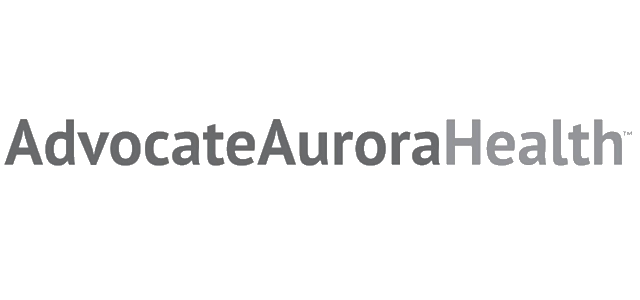Care for a Frail Older Patient that is Seen in the Emergency Department
GED Newsletter, March 2019
GED Newsletter, March 2019Introduction
Some older adults are brought to the Emergency Department with “failing” over a long period of time. The evaluation is challenging in that there may be no single illness or injury. Further, the patient may not be safe to return home, yet does not meet criteria for admission to the acute care hospital. Observation in the hospital will not meet Medicare Part A requirements for eligibility for admission to a skilled nursing facility. While there may not be a “medical condition” requiring management, staff must recognize frail patients and initiate appropriate response systems. As our population continues to age, we will see an influx in frail older adults. The recognition of frailty in the Emergency Department is important as frailty signifies a decrease in reserves and an increase in vulnerability to stressors. This may require extra care or services.
The presentation of a frail older adult without evident new or rapidly evolving significant pathology should prompt consideration of the adequacy of the support environment. Common reasons for an ED visit without an acute illness include:
- Loss of the ability to perform self care, especially continence and mobility.
- A change in the caregiver’s ability to provide care due to financial, occupational, or health reasons, or due tocompeting priorities.
- Evolving functional dependence or frequent falls that are beyond the capacity of the Personal Care or AssistedLiving setting.
- Behavioral and psychiatric symptoms of dementia.
 Provide appropriate assist devices in the home and get PT/OT therapy assessment and home assessment.
Provide appropriate assist devices in the home and get PT/OT therapy assessment and home assessment.
What is "Frailty"?
Subtle and consecutive failure of multiple organ systems leads to frailty.
Frailty Phenotype
Frailty phenotype includes:
- involuntary weight loss
- low levels of activity
- slow gait speed
- self-reported exhaustion
- weakness
Clinical Frailty Index
The Clinical Frailty Index is useful for rapidly conceptualizing a patient’s frailty status and provides a common language among health care staff.
Implications
These are the implications of frailty:
- increased morbidity
- increased hospital mortality
- increased length of stay
- increased risk of becoming functionally dependent
- increased risk of readmission to the hospital
Key Points
- Perform a careful history and a detailed physical examination. Gait speed is independently associated with mortality risk over time in patients with cardiovascular disease. Walk tests such as the Timed Up and Go are feasible in the Emergency Department.
- Assess cognition (delirium/ dementia), depression/ falls, (baseline and current) functional status and sensory support needs.
- Critically reconcile and review the medications which could be contributing to frailty, cognitive/functional decline, or an increased risk of falls.
- Listen to & support the family caregiver. Engage a social worker or a nurse case manager to further assess/address the patient’s psychosocial needs. Assess functional status and the caregiving environment on initial patient assessment. Conduct Case Management evaluation concurrent with the medical evaluation for patients whom you consider will not need inpatient resources.
- Coordinate the care and initiate appropriate community support. Develop relationships with community resources such that outpatient referrals may be tailored to the patient and caregiver’s needs. These referral resources include:
- day programs
- residential facilities
- Acute and Skilled rehabilitation facilities
- home care agencies
- respite
- hospice
- palliative care, etc.
- Develop a replicable process for assisting a patient with frailty and/or requiring a change in the caregiving plan. This involves educating staff to document the specifics of functional dependence and the caregiving environment, providing adequate case management/social work coverage, and fostering ready connections to outpatient resources.
- Advise the patient and family regarding the risk of falls and home safety. Provide appropriate assist devices in the home and get PT/OT therapy assessment and home assessment.
- Provide advance directive and goals of care for the patient. Identifying “what matters” to the patient is fundamental to providing excellent care.
- Provide a referral to multicomponent exercise consisting of balance/flexibility, resistance and aerobic activities. Frail older adults can benefit from exercise to reduce frailty and improve mobility.
- Consider nutritional supplement. Assess dentition and mouth pain that may impact oral intake and/or the ability to swallow.
References
- Theou O, Campbell S, Malone ML, Rockwood K. Older adults in the Emergency Medicine with Frailty. Clin Geriatr Med 34 (2018): 369- 386.
- The Timed Up and Go Test. https://www.youtube.com/watch?v=BA7Y_oLElGY&list=PLWqeMoseZ2MwwznjB-TFrq4dtHX8hPsSE&index=4

